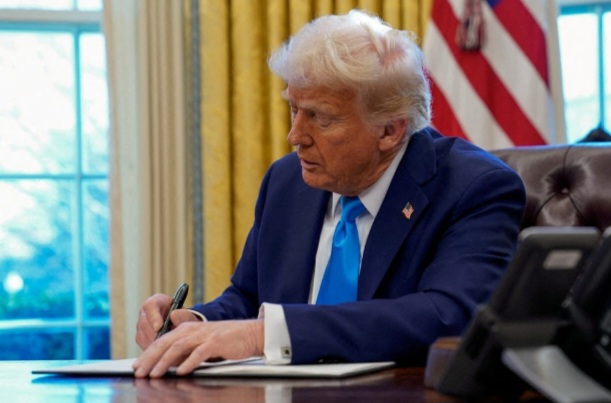President Trump signed an executive action on Tuesday aimed at reducing prescription drug prices for Americans. A White House official, speaking anonymously, explained that the action would focus on lowering drug prices for seniors and enhancing the Medicare drug price negotiation program, which was established by the Inflation Reduction Act in 2022.
The official expressed confidence that the savings under this plan would surpass those achieved by the Biden administration in its first year. The law ensures that more drugs will be subject to negotiation each year, resulting in greater savings over time.
Medicare already negotiated prices for 10 drugs in 2024, and plans to negotiate 15 more this year, including the high-cost diabetes drug Ozempic. However, consumers won’t see the effects of the lower Medicare prices until 2026, and the new round of negotiations under Trump’s action won’t take effect until 2027.
The action also mentions the possibility of tariffs on imported pharmaceuticals and ingredients, which could increase medication costs for consumers. A federal notice filed on Monday indicated that the Secretary of Commerce is investigating the national security implications of drug imports, which could pave the way for tariffs.
Additionally, the administration plans to revive a program from Trump’s first term to provide insulin to low-income individuals, including those without insurance, with some paying as little as 3 cents a vial.
The action also directs the FDA to approve state importation programs for lower-cost drugs and expedite the approval of generics and biosimilars. Currently, only Florida has received FDA approval to import drugs from other countries, though it has not yet begun. Moreover, the action seeks to address the imbalance in Medicare’s drug price negotiation program, which allows small molecule drugs like statins to be negotiated sooner than biologics, such as Humira. Trump’s action tasks Health and Human Services Secretary Robert F. Kennedy Jr. with working with Congress to rectify this issue without increasing Medicare spending.
Finally, the executive action aims to align Medicare drug prices with the cost hospitals pay for drugs and begin aligning payments across different care settings.













